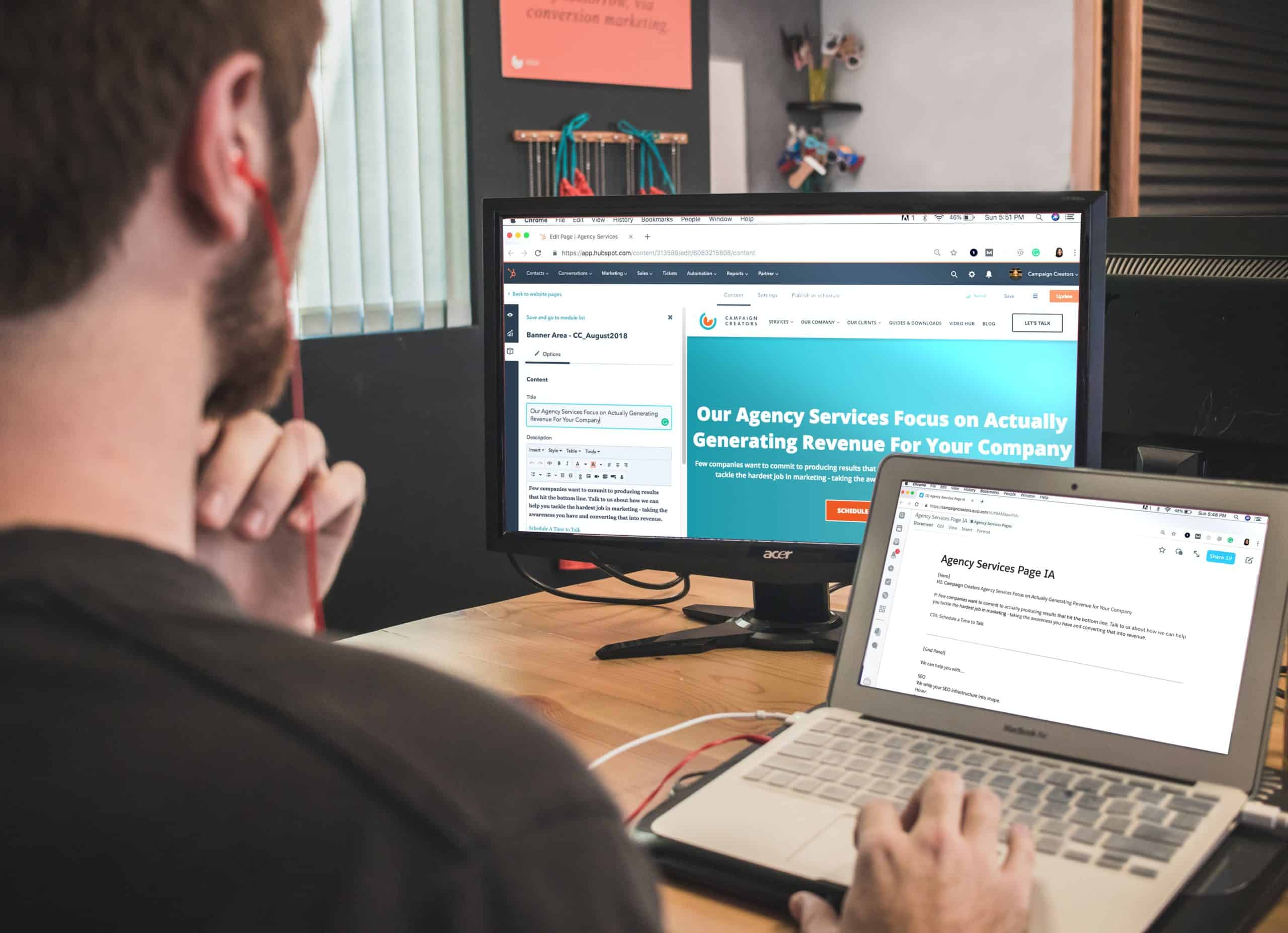To make Wealthtender free for readers, we earn money from advertisers, including financial professionals and firms that pay to be featured. This creates a conflict of interest when we favor their promotion over others. Read our editorial policy and terms of service to learn more. Wealthtender is not a client of these financial services providers.
➡️ Find a Local Advisor | 🎯 Find a Specialist Advisor

There are many forms an online business or side hustle can take. It’s not unusual for people to set up a blog, website, YouTube channel, or podcast for fun or personal interest, and only later think about monetizing it. If you’re one of those people, the last year may well have helped sharpen your focus. As other forms of income have been impacted, your side hustle may have become more important.
There are also plenty of people who sell a service or product online, but spend the majority of their time on peripheral activities that are related to their business but may not generate any direct sales. Think social media activities or networking with other business owners online. That’s why business coaches helping digital business owners often have to start by asking a very basic question: where’s the money actually coming from in this business?
If you’re running a side hustle such as a blog, podcast, or YouTube channel it can help to ask yourself these questions.
What is actually for sale?
Traditional businesses tend to provide a product or service and charge for it. Digital businesses can be less straightforward. Money may be coming in from selling advertising space, affiliate sales, sponsorships and brand partnerships, digital products (such as ebooks, apps, or software), or a service you sell. To maximize the money coming in, sit down and list everything that is ‘for sale’ in your business.
Where does most of the money come from?
Tracking what’s most important in your business will help you see exactly where the money is coming from. Don’t be surprised if most of the money is coming from one or two activities, even if your business involves many more. That’s the 80/20 rule in play. I’ve written before about how most of my income comes from just two of my ten income streams. Knowing that most of the money comes from just one or two activities allows you to focus more time and energy on them.
What are the profit margins on each product or service?
It’s important to know not just where the money is coming from, but exactly how much profit you’re making. If you make and ship a physical product, you may find profit margins are pretty low. Profit margins on digital profits tend to be higher. Profits on affiliate products and services may well be 100% (but less if you spent out on paid advertising, of course, or put a huge amount of your own valuable time into promoting them). Work out how much it costs you to provide everything you sell.
Alongside this, you’ll want to work out your hourly rate for any services you sell. How much of your income involves trading time for dollars? And how much work is involving in generating those dollars? My freelance content creation work generates a lot of income, relatively speaking, but it’s also a lot of work. Affiliate marketing also generates a lot of income, with very little work attached. It pays me to spend more time on affiliate marketing than freelance work.
Am I chasing the $100 bills?
Business mentor Amber McCue runs an annual online Planathon where she always shares the same concept. Imagine you’re in a room and free money is raining down on you. You have a set amount of time to collect as much as you can, but some of the bills are $100 bills and some are $1 bills. Which do you collect? The answer is easy, of course. But many of us don’t follow this logic in our online businesses. We spend time doing the things that will earn us a few dollars, rather than just the things that will earn us hundreds of dollars. Maybe we prefer the process involved in the low-income activities, which is fine as long as we’re not prioritizing that over the harder process involved in the higher-income activities.
And what if we really haven’t thought it through, and are just doing the $1 tasks alongside the $100 tasks, and assigning equal importance to both because we have somehow convinced ourselves that everything in our business is equally important? Then it’s definitely time to re-prioritize.
By asking ourselves these questions, we can identify where the money really is, in our online business or side hustle. Even if you started your side hustle for fun or personal satisfaction, if it’s generating an income, you may as well optimize that income.
Karen Banes is a freelance writer specializing in entrepreneurship, parenting and lifestyle. She writes articles, website content, ebooks and the occasional award winning short story. Her work has appeared in a range of publications both online and off, including The Washington Post, Life Info Magazine, Transitions Abroad, Brave New Traveler, Natural Parenting Group, and Copia Magazine. Learn More About Karen
To make Wealthtender free for readers, we earn money from advertisers, including financial professionals and firms that pay to be featured. This creates a conflict of interest when we favor their promotion over others. Read our editorial policy and terms of service to learn more. Wealthtender is not a client of these financial services providers.
➡️ Find a Local Advisor | 🎯 Find a Specialist Advisor

